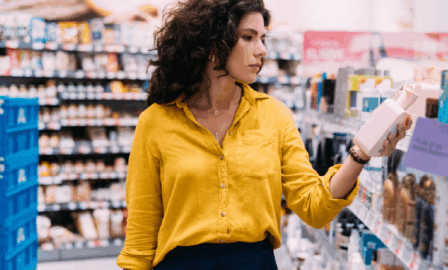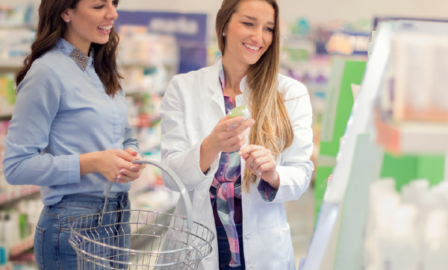Health and Beauty Digital Marketing in 2021
2020 caused health and beauty brands to shift heavily into digital. Now, in 2021, we expect there to be a slight re-balancing of in-store versus digital engagement with customers, but the learnings from 2020 will be important. Is your health and beauty digital marketing effective with your target customer demographic? Below we outline three trends that will persevere in the new year.
Elevating Digital Engagement in Health and Beauty Digital Marketing
With digital marketing taking center-stage for many health and beauty companies, there is a breadth of new insights to be gathered off of digital engagement. The challenge lies in effectively gathering, analyzing, and leveraging that data to improve the digital experience for customers. Some companies have realized that their eComm customers are in fact a largely different segment than those who shop with the brand in-store.
Gathering data about these eComm customers will help health and beauty brands best tailor digital engagements to the appropriate customer demographic. Depending on the findings – whether it’s the same customer base or a completely different segment – will greatly inform the marketing strategy for in-store as well. For example, if the customers are the same, focus should be placed on aligning the digital and in-store customer experiences (as Alleyoop is doing with its in-store and virtual pop-up shops). If the customers are different, then the marketing strategy will be differentiated for each group.
Beyond identifying who the customers are, there is a lot of opportunity in optimizing the digital engagement experience. Health and beauty brands will want to understand where they are gaining customers, where they are losing them across the purchase journey, and what keeps customers engaged.
Inclusivity in the Industry
Inclusivity has also accelerated rapidly as a health and beauty digital marketing trend. Just as important it is to know the customer, it is equally important to represent the customer in brand marketing – depicting a range of shapes, sizes, colors, and everything in between. With digital marketing being front-and-center for health and beauty companies, inclusivity in digital content becomes even more important. Some notable examples of inclusive digital marketing campaigns include L’Oreal’s “Your Skin, Your Story” campaign, and CoverGirl’s array of ads with a diverse set of models/influencers.
Bridging the Experience
Lastly, health and beauty companies will be working to close the gap between in-store and virtual experiences for their customers. After all, 2021 will require these companies to offer the best of both worlds to customers who a) have become comfortable shopping online and will not want to return to stores, b) will flock back to stores as soon as the option is available, or c) will continue to utilize both channels going forward.
To appeal to all customer preferences, health and beauty brands need to foster a rich customer experience no matter what channel the customer prefers. Ulta and FeelUnique offer two examples of how to do this well – with Ulta offering virtual try-on tools, and FeelUnique sending product samples with each online order. Such amenities give the customer a similar level of service and engagement both in-store and online.
Like many industries, the health and beauty segment has experienced tremendous upheaval over the course of the past year. As consumers flock to the digital landscape, brands that are able to meet their customers effectively through digital channels while simultaneously demonstrating an empathic understanding of their core consumers will be able to attain sustainable success.




